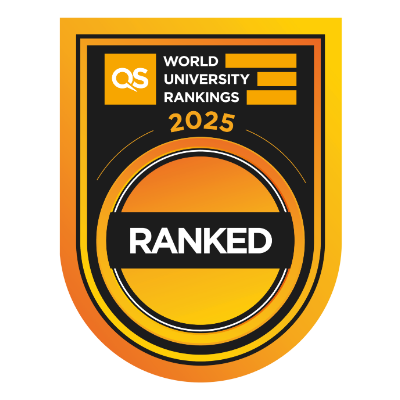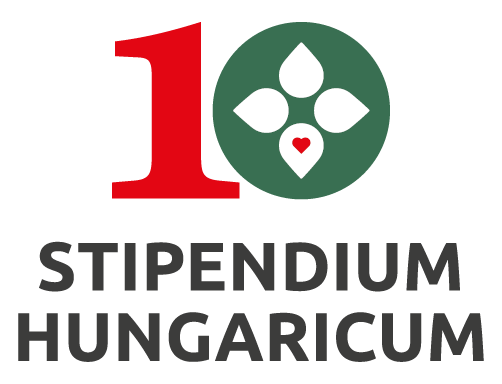Students of SZE: the first to learn about Elon Musk's satellite system
Intertwined with the name of Elon Musk, Starlink is a global internet service created by the US space research company SpaceX, which uses thousands of low-orbit satellites. Széchenyi István University housed the very first presentation of the terminal and its testing in Hungarian higher education in cooperation with the National Media and Infocommunications Authority (NMIA). This programme has also demonstrated that even in the field of space telecommunications, the students of the institution can acquire the most up-to-date knowledge applying the latest technologies.
Among the higher education institutions in Hungary, the NMIA provided a first-hand opportunity for the students of the Széchenyi István University to learn about and test the operation of Starlink's global Internet service using low-orbit satellites in a real terminal.
The programme was organised by the university's SZE-SAT student team, whose members always observe the sky, follow satellites, communicate with them and even developed their own communication device for the satellite, which was a joint project among several universities.
.jpg)
The participants watching the terminal in operation. (Photo: Márton Horváth)
The presentation of the system started with topic-related lectures, and then the participants had the opportunity to test the terminal in operation in the satellite laboratory on the roof of the university. At the event, Dr. Zsolt Kovács, the Chancellor of Széchenyi István University, thanked the NMIA for its close professional partnership with Széchenyi István University providing the students at Széchenyi István University the first opportunity to learn more about this modern system in detail. He added that the institution provides not only up-to-date knowledge, but also guarantees the use of the latest technologies in its training courses for the future professionals.
.jpg)
The professional program aroused huge interest. (Photo: Márton Horváth)
“Along with the most modern space telecommunications equipment available today, the NMIA is responsible for regulating communications and enforcing the rules. The terminal was tested by the authority for compliance with the relevant regulations and it did well. We presented these results to the young adults," said Dr. Péter Vári, Deputy Director-General of the National Media and Infocommunications Authority and Associate Professor at the Széchenyi István University, who himself graduated as an electrical engineer from the predecessor of this institution in Győr a few decades ago.
“Since Győr is one of the most important cradles of telecommunications education, it was obvious that we should deliver this knowledge to the students of Széchenyi István University and this way we can contribute to the high quality of professional training here." he stressed.
Péter Pataki, an assistant professor at the Department of Telecommunications and one of the founders of the SZE-SAT student team as a student, was both an organiser and a speaker at the successful professional day. As he said, Széchenyi István University offers a truly practice-oriented education which significantly increases the labour market value of the degrees obtained here. In 2019, the SZE-SAT section of the Jedlik Ányos College of Mechanical and Electrical Engineering was also established in the spirit of applying the knowledge acquired at the university.
“In those days, we set ourselves the goal of developing our own satellite to put Győr's name on the map, which objective the team is getting closer to achieve. The current programme focused also on satellites and the practical aspects of the new technology attracting more interest than expected,"
he said. He also added that the open event was attended not only by students from the Széchenyi University, but from other higher education institutions and by a large number of corporate partners and professionals from the region.
.jpg)
The experts of the Széchenyi István University and the NMAI. (Photo: Márton Horváth)
“Over the course of the presentations, we demonstrated the operation of the technology, and also discussed issues such as the impact of satellites on other devices, reduced visibility, and the problem of space debris and recyclability. These are all topical issues that the experts of the future will need to focus on”, emphasised Péter Pataki. Seeing the success of the presentation, he outlined that they are planning to organise similar open lectures on particular topics several times in the future.
“For example, the course on satellite telecommunication systems is enlivened by a number of external speakers from the industry regarding the topics of internet services, broadcasting and further satellite-related topics, which could also be used to engage the public in person or even online" , concluded the young professor.
Photo gallery on the event. (Photos: Márton Horváth)











